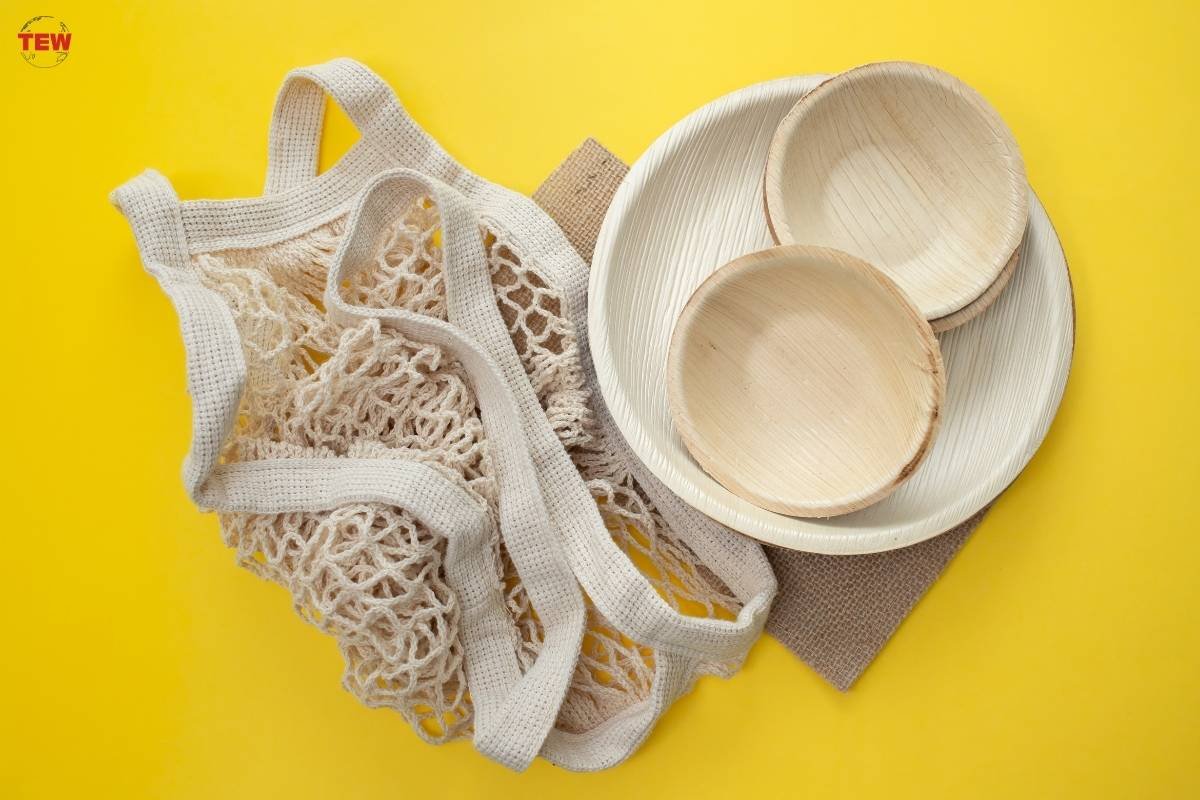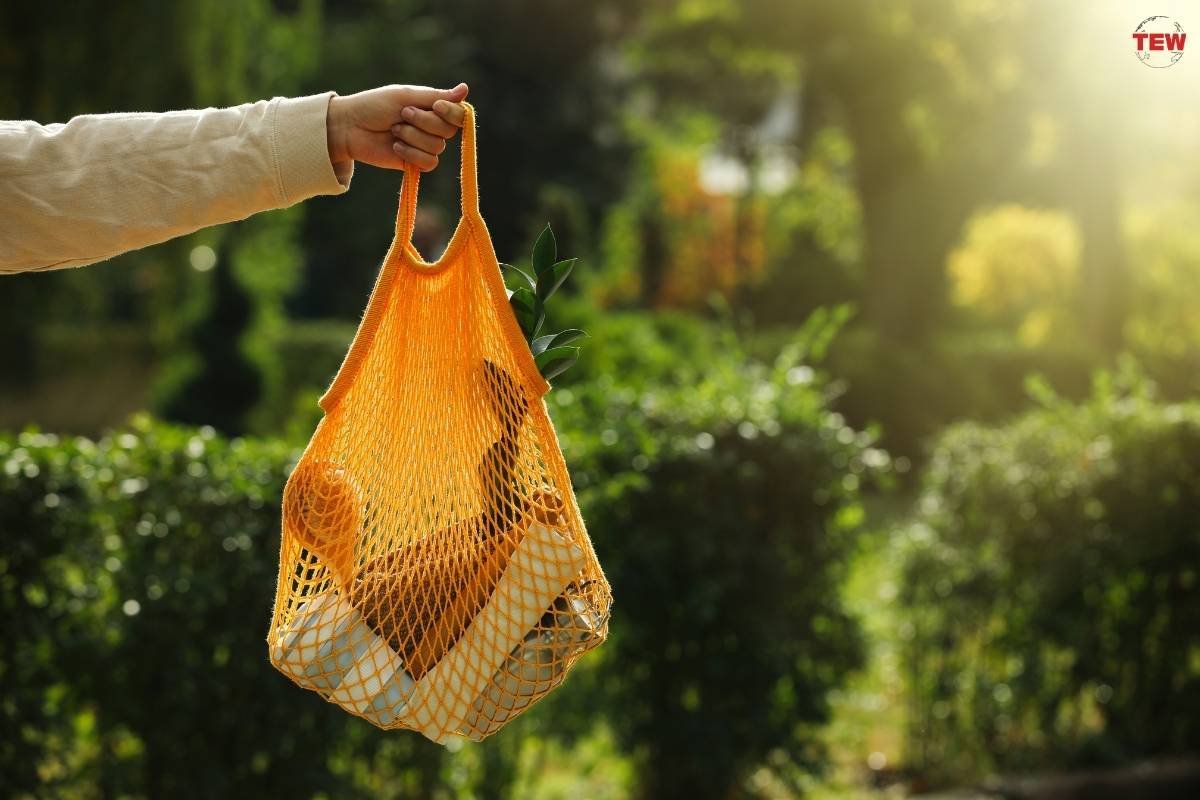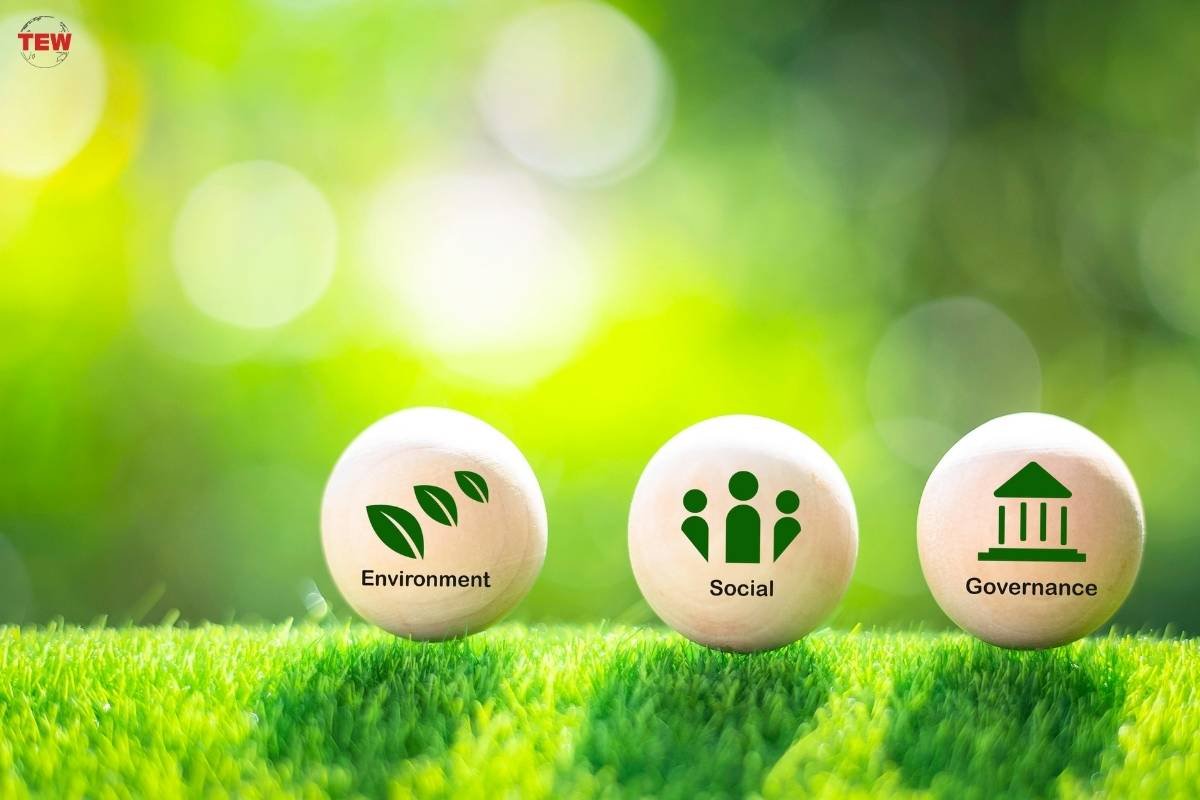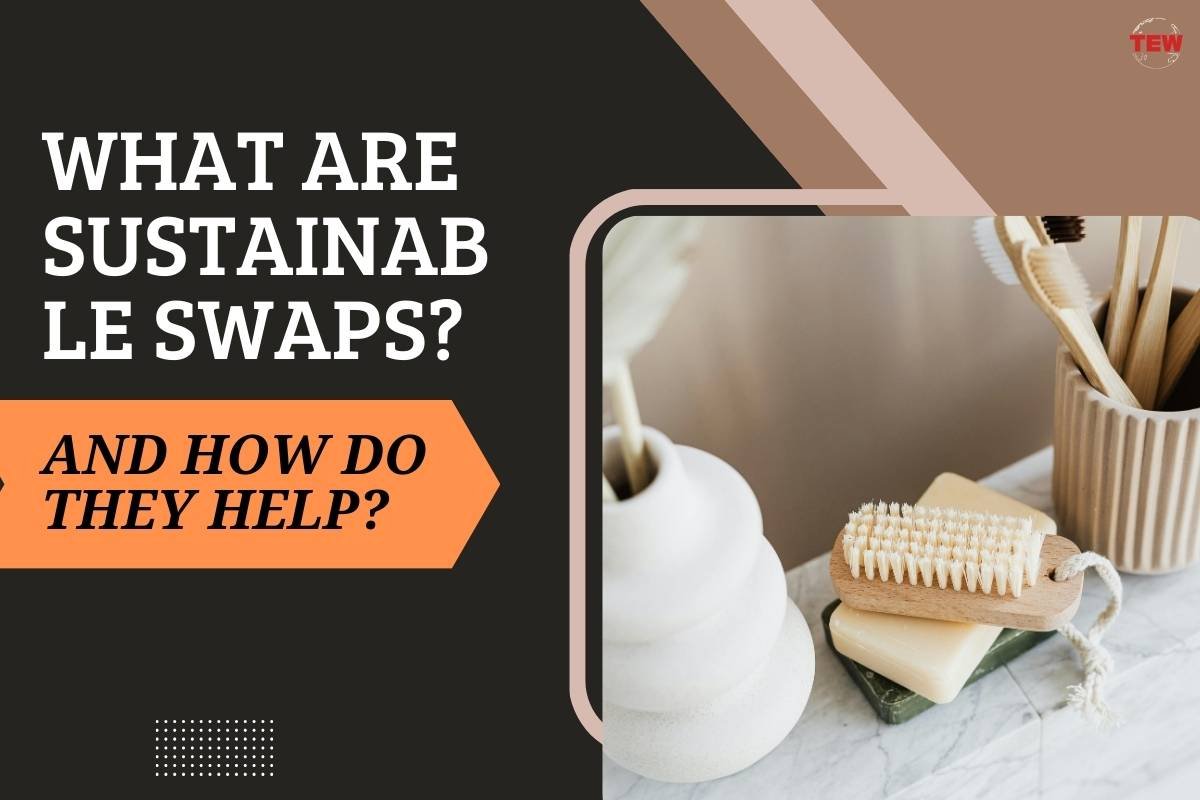From plastic-laden grocery aisles to disposable daily habits, our everyday choices often come at a hefty cost to the planet and our well-being. These choices harm the environment with their lasting footprint and pose significant health risks to us and our loved ones.
In this urgent era of environmental consciousness, it’s important to explore sustainable swaps. Sustainable swaps are simple yet impactful changes in our consumption patterns that can steer us toward a healthier planet and a safer future. Let’s delve into what these swaps entail and why they’re essential.
Understanding Sustainable Swaps
Sustainable swaps are a minimalistic approach to minimizing your impact on the environment. These swaps involve replacing harmful products or habits with eco-friendly alternatives that promote sustainability. They are important because they empower you to contribute positively to conserving the environment without drastic lifestyle changes. You may wonder, What’s the need?
Why Is It Important to Implement Sustainable Swaps?
Have you ever considered the unseen world beneath our oceans? Millions of pieces of plastic get into these waters each year. And only a mere 1% is visible on the surface. Shockingly, recent models reveal that 99.8% of ocean plastic has sunk below. It harbors microplastics at levels 10,000 times higher on the seafloor than at the surface.

According to 4ocean, single-use plastics dominate ocean debris recovery efforts. The simplest way to keep our oceans clean is by avoiding these materials altogether. Besides the environmental impact, single-use plastics also pose severe health dangers.
Plastic breaks down into harmful microplastics and enters our bodies in many ways. We ingest them through contaminated seafood, inhale the airborne particles, or absorb them through the skin. These microplastics then accumulate in our tissues, potentially causing health issues ranging from hormonal disruptions to immune system impairments.
Ultimately, the entire chain of life on Earth is compromised when plastic infiltrates every level, from marine creatures to human beings. Ecosystems suffer as plastic disrupts natural habitats and food chains. This leads to declining species populations and biodiversity.
Making sustainable swaps in our daily lives can mitigate this damage. Consider not using single-use plastics for reusable options. You can shift to stainless steel water bottles or cloth shopping bags. These choices reduce waste and also save a lot on your expenses.
One unconventional and most needed approach is reconsidering everyday items like gifts. Gift-giving is universal and widespread, so instead of conventional presents, consider sustainable gift swaps.
Take inspiration from eco-conscious resources like 4ocean.com/collections/sustainable-gifts-swaps for thoughtful and lovely gift swaps made from recycled materials or items that promote plastic-free living. This thoughtful consumption will benefit both the recipient and the planet.
What Is an Eco-Friendly Lifestyle for Sustainable Development?
An eco-friendly lifestyle for sustainable development involves reducing environmental impact through mindful consumption, waste reduction, and supporting renewable resources. It aims to preserve natural ecosystems, conserve resources, and promote long-term environmental and societal well-being.
What Is the Difference Between Eco-Friendly and Sustainable?

Eco-friendly refers to products or practices that minimize harm to the environment. Sustainability encompasses broader principles of meeting present needs and ensuring the availability of resources for upcoming generations. It focuses on long-term environmental, social, and economic balance.
How To Start Making Sustainable Swaps?
Here’s how you can easily integrate sustainable practices into various aspects of your routine:
- Home cleaning: Swap toxic chemical cleaners for eco-friendly alternatives in refillable containers. This reduces plastic waste and minimizes harmful chemicals in your home, promoting a healthier environment for you and your family.
- Kitchen and food storage: Use beeswax wraps instead of plastic cling film. Beeswax wraps are biodegradable and can help keep food fresh by forming a breathable, moisture-resistant seal.
- Personal care: Opt for shampoo bars to reduce plastic waste from liquid bottles. Choose biodegradable toothbrushes and natural deodorants to minimize environmental impact and support sustainable personal care practices.
- Grocery shopping: Bring your reusable bags and containers for bulk purchases. Switch to local and organic produce and make eco-conscious decisions. It potentially reduces transportation emissions and promotes more transparent production methods like reduced pesticide use and sustainable farming.
- Energy: Install energy-efficient LED bulbs and appliances. Consider eco-friendly alternatives such as solar panels or community energy programs.
- Clothes and fashion: Invest in ethically sourced and sustainable clothing brands. Donate or upcycle old clothes instead of throwing them away.
These small swaps reduce waste and support sustainable living. Start with one swap at a time, and slowly incorporate more sustainable choices into your lifestyle. Every swap counts towards a greener future.
Benefits of Sustainable Production to Society

Sustainable production aligns economic development with environmental protection and societal well-being. It ensures resources are conserved for future generations. It promotes harmonious coexistence between humans and nature. This promotes healthier living conditions, resilient economies, and equitable resource access. Thus, ultimately, it supports sustainable development goals for long-term societal benefit.





